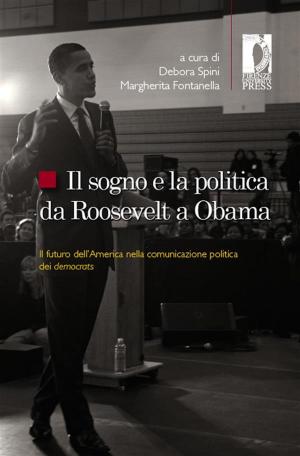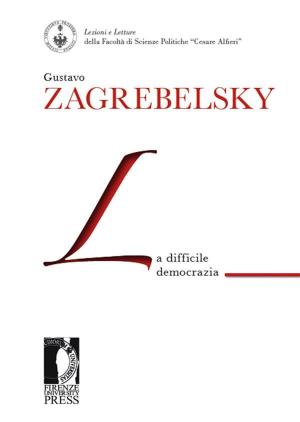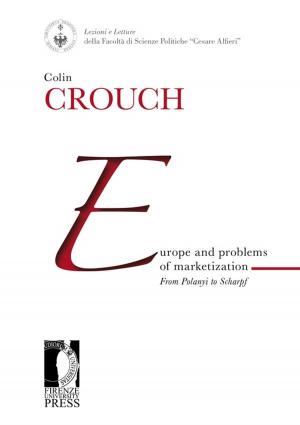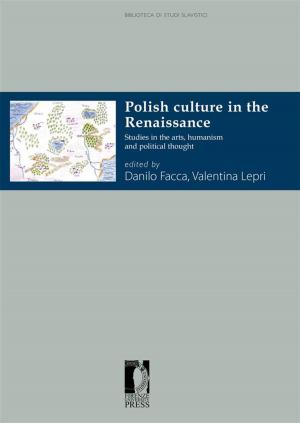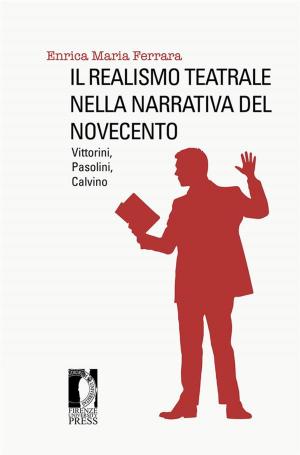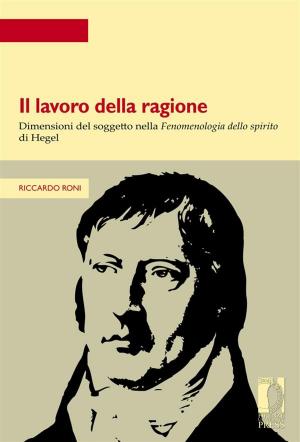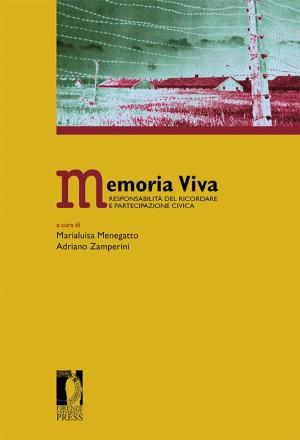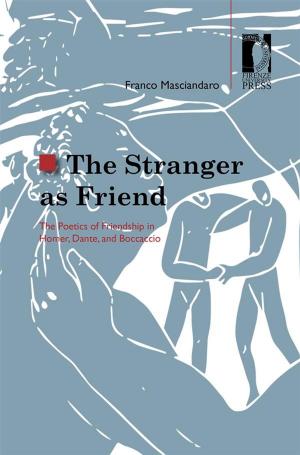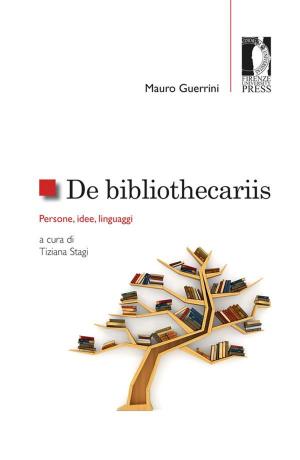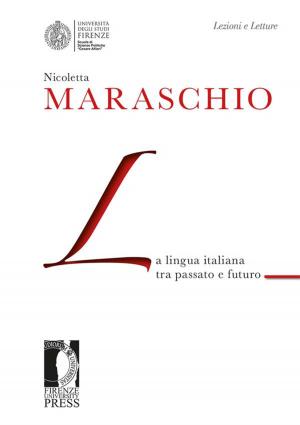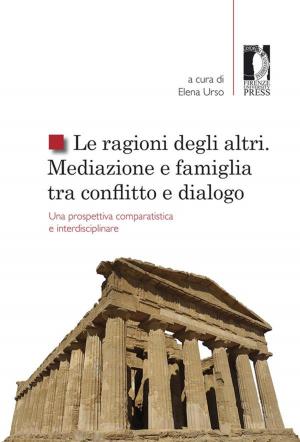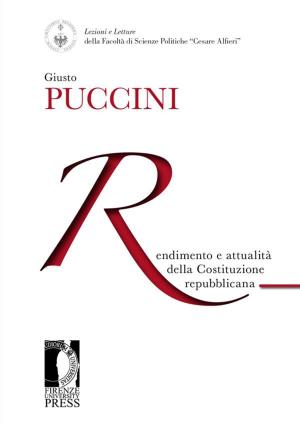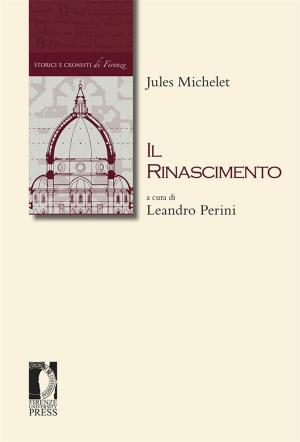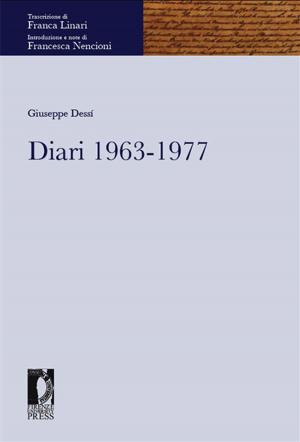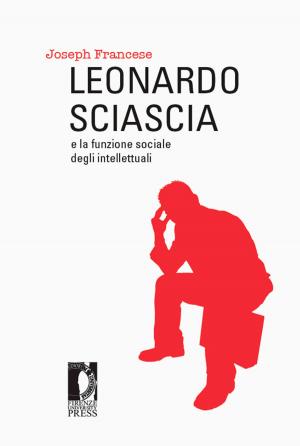Molecules of an author in search of memory
a civil-scientific play of two acts
Kids, Natural World, Chemistry, Nonfiction, Entertainment, Theatre, Performing Arts| Author: | Dei, Luigi | ISBN: | 9788866554745 |
| Publisher: | Firenze University Press | Publication: | January 7, 2014 |
| Imprint: | Language: | English |
| Author: | Dei, Luigi |
| ISBN: | 9788866554745 |
| Publisher: | Firenze University Press |
| Publication: | January 7, 2014 |
| Imprint: | |
| Language: | English |
Loosely based on Primo Levi’s The Periodic Table, the play has a Fahrenheit 451 setting. In a world without books or memory appears a common man, the Man in the street, with some heets of writing that he cannot make out. With the help of the narrator, Science, Technology and Nature, and of two actors who remain offstage for a long while – Primo and his friend Alberto – this man is able to reconstruct the events of the chapter entitled Cerium. In this way, and thanks to this act of remembrance, lost identity – our history – is recreated.
Luigi Dei is a scholar of international renown in Materials Chemistry at the «Ugo Schiff» Department of Chemistry at the University of Florence, where he teaches chemistry in the Science School. The author of numerous scientific articles to have appeared in international journals, he also dedicates himself to the popularisation of science, and to the relationship between science, art and literature. A shining example of this is his recent lecture-performance, Science reveals Ravel’s Bolero.
Loosely based on Primo Levi’s The Periodic Table, the play has a Fahrenheit 451 setting. In a world without books or memory appears a common man, the Man in the street, with some heets of writing that he cannot make out. With the help of the narrator, Science, Technology and Nature, and of two actors who remain offstage for a long while – Primo and his friend Alberto – this man is able to reconstruct the events of the chapter entitled Cerium. In this way, and thanks to this act of remembrance, lost identity – our history – is recreated.
Luigi Dei is a scholar of international renown in Materials Chemistry at the «Ugo Schiff» Department of Chemistry at the University of Florence, where he teaches chemistry in the Science School. The author of numerous scientific articles to have appeared in international journals, he also dedicates himself to the popularisation of science, and to the relationship between science, art and literature. A shining example of this is his recent lecture-performance, Science reveals Ravel’s Bolero.

